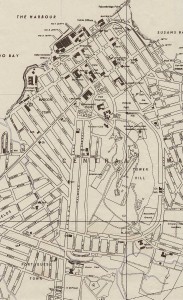Sorting papers recently I found an EPCA Newsletter (European Personal Constructs Association - PC Psychology deals with personality and attitude change) from 1998. It had a book review quoting Laurence Olivier on his stage fright.
"With each succeeding minute, it became less possible to resist the terror. My cue came, and I went in to that stage where I knew with grim certainty I would not be capable of remaining more than a few minutes ...".
The book itself The Person Behind the Mask: a Guide to Performing Arts Psychology (London, Ablex 1997) was written by Linda H. Hamilton. She had been a ballet dancer from age 8 to 26, then became a Clinical Psychologist. Her book cites research conducted over one year at the University of California's Health Program for Performing Artists, when 25% of patients had psychological problems including "severe anxiety and/or depression, personality disorders somataform disorders, psychoses and suicidal behaviour (p84)". The reviewer goes on to say that the book "deals in some detail with the characteristic problems of public self-display e.g. unrealistic weight requirements, debilitating injuries which hamper performance or prevent it altogether, and stage fright and points out that it is time the professions themselves woke up to the need to pay attention to their own occupational realities".

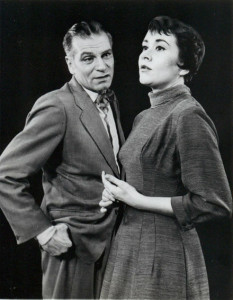
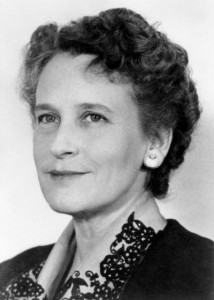
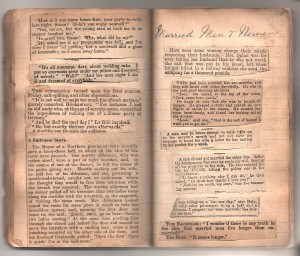 In an earlier Jot we selected at random some pretty witty items from an Edwardian comic’s gag book composed of clippings from newspapers and magazines. Here are some more. Astonishingly, most sound so very modern in their style of humour. None of them contain puns.
In an earlier Jot we selected at random some pretty witty items from an Edwardian comic’s gag book composed of clippings from newspapers and magazines. Here are some more. Astonishingly, most sound so very modern in their style of humour. None of them contain puns. During her twenty-four years in Burma with her husband, an engineer in government service, Lady Charlotte Wheeler-Cuffe (nee Williams) became an intrepid plant-hunter, whose discoveries included various species of rhododendron. On her husband’s retirement in 1922 the couple retired to his ancestral seat at Lyrath, near Kilkenny, and it was here that Lady Charlotte planted some of the exotic plants she had gathered over the years. While in Burma Lady Charlotte had corresponded with friends, including another keen plantswoman, Baroness Prochaya, who also lived at Lyrath and professional botanists, one of whom was Frederick Moore, head of the Botanic Gardens at Glasneven, near Dublin, and on her return to Ireland it would seem that the correspondence continued.
During her twenty-four years in Burma with her husband, an engineer in government service, Lady Charlotte Wheeler-Cuffe (nee Williams) became an intrepid plant-hunter, whose discoveries included various species of rhododendron. On her husband’s retirement in 1922 the couple retired to his ancestral seat at Lyrath, near Kilkenny, and it was here that Lady Charlotte planted some of the exotic plants she had gathered over the years. While in Burma Lady Charlotte had corresponded with friends, including another keen plantswoman, Baroness Prochaya, who also lived at Lyrath and professional botanists, one of whom was Frederick Moore, head of the Botanic Gardens at Glasneven, near Dublin, and on her return to Ireland it would seem that the correspondence continued.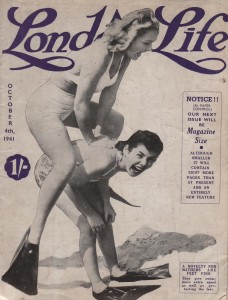

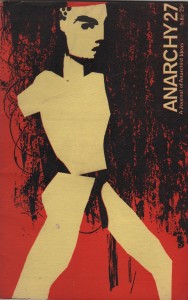

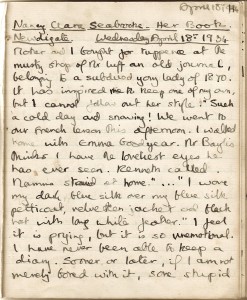
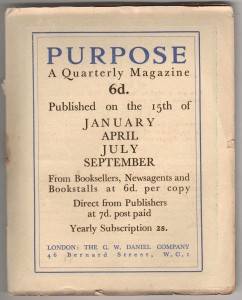
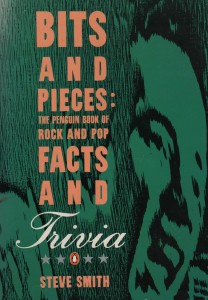

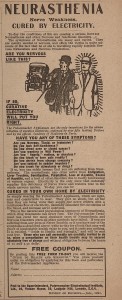
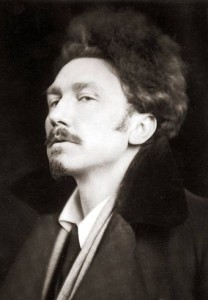 It’s often enlightening to read very early reviews of major writers, especially modernist writers. In 2019 we have the benefit of knowing how certain ‘ big names ‘ developed and influenced others, while the innocent reviewer of an early work has only the words on a page. A gifted reviewer may sense that a writer under review is destined for greatness, but most reviewers are hacks and care little. In the case of Ezra Pound, the anonymous review of his third collection, Personaethat appeared in The Literary Worldof August 15th1909, suggests that the reviewer was already an admirer of his first two collections, A Lume Spento(1908), which had been privately printed in Venice in a tiny edition of just 150 copies, but which Pound had persuaded the London bookseller Elkin Matthews to display in his window—and the follow up, A Quinzaine for this Yule—also in a tiny edition. A London Evening Standardreviewer described the former as ‘wild and haunting stuff, absolutely poetic, original, imaginative, passionate and spiritual’. It seems that the Literary World reviewer was of a similar mind:
It’s often enlightening to read very early reviews of major writers, especially modernist writers. In 2019 we have the benefit of knowing how certain ‘ big names ‘ developed and influenced others, while the innocent reviewer of an early work has only the words on a page. A gifted reviewer may sense that a writer under review is destined for greatness, but most reviewers are hacks and care little. In the case of Ezra Pound, the anonymous review of his third collection, Personaethat appeared in The Literary Worldof August 15th1909, suggests that the reviewer was already an admirer of his first two collections, A Lume Spento(1908), which had been privately printed in Venice in a tiny edition of just 150 copies, but which Pound had persuaded the London bookseller Elkin Matthews to display in his window—and the follow up, A Quinzaine for this Yule—also in a tiny edition. A London Evening Standardreviewer described the former as ‘wild and haunting stuff, absolutely poetic, original, imaginative, passionate and spiritual’. It seems that the Literary World reviewer was of a similar mind: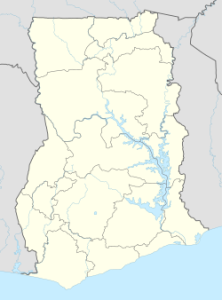
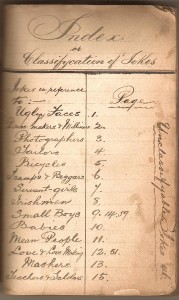 Found at Jot HQ the other day a small scrapbook containing pasted in humorous cuttings from magazines and newspapers that once belonged to the late prankster Jeremy Beadle (1948 – 2008). The date 1897 on the cover was very likely the year in which the compilation was begun, since many of the jokes and anecdotes are clearly of a later date. The high quality of much of the material strongly suggests that the compiler may have been a comedian of some sophistication who was prepared to devote a long period in search of the best gags.
Found at Jot HQ the other day a small scrapbook containing pasted in humorous cuttings from magazines and newspapers that once belonged to the late prankster Jeremy Beadle (1948 – 2008). The date 1897 on the cover was very likely the year in which the compilation was begun, since many of the jokes and anecdotes are clearly of a later date. The high quality of much of the material strongly suggests that the compiler may have been a comedian of some sophistication who was prepared to devote a long period in search of the best gags.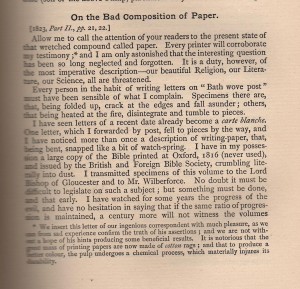 Researchers in newspaper and magazine archives often complain about the horrendous quality of newsprint they encounter. Sometimes whole pages are brown and need to be handled with extraordinary care as they are turned, lest they crumble to dust— to the embarrassment of the researcher. The decline of paper quality seems to have begun towards the end of the nineteenth century and is attributed to the high acid content of the wood pulp used for printing cheap publications—mainly newspapers and periodicals, particularly adventure and school stories for boys, but also mass produced books issued in serial form. The decay of newsprint appears to accelerate with exposure to sunlight, which explains why single issues of newspapers and magazines are much more likely to turn brown and crumble than bound volumes.
Researchers in newspaper and magazine archives often complain about the horrendous quality of newsprint they encounter. Sometimes whole pages are brown and need to be handled with extraordinary care as they are turned, lest they crumble to dust— to the embarrassment of the researcher. The decline of paper quality seems to have begun towards the end of the nineteenth century and is attributed to the high acid content of the wood pulp used for printing cheap publications—mainly newspapers and periodicals, particularly adventure and school stories for boys, but also mass produced books issued in serial form. The decay of newsprint appears to accelerate with exposure to sunlight, which explains why single issues of newspapers and magazines are much more likely to turn brown and crumble than bound volumes.
